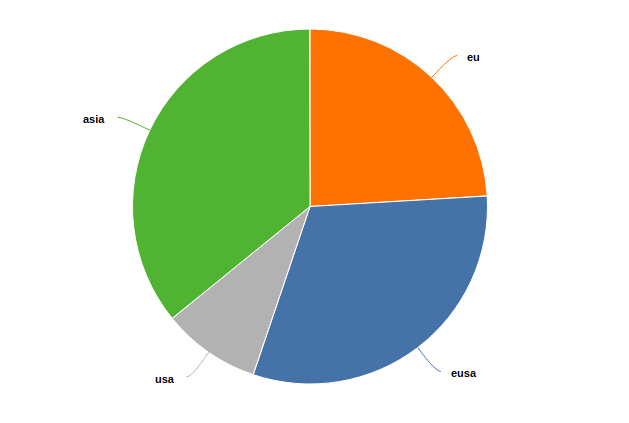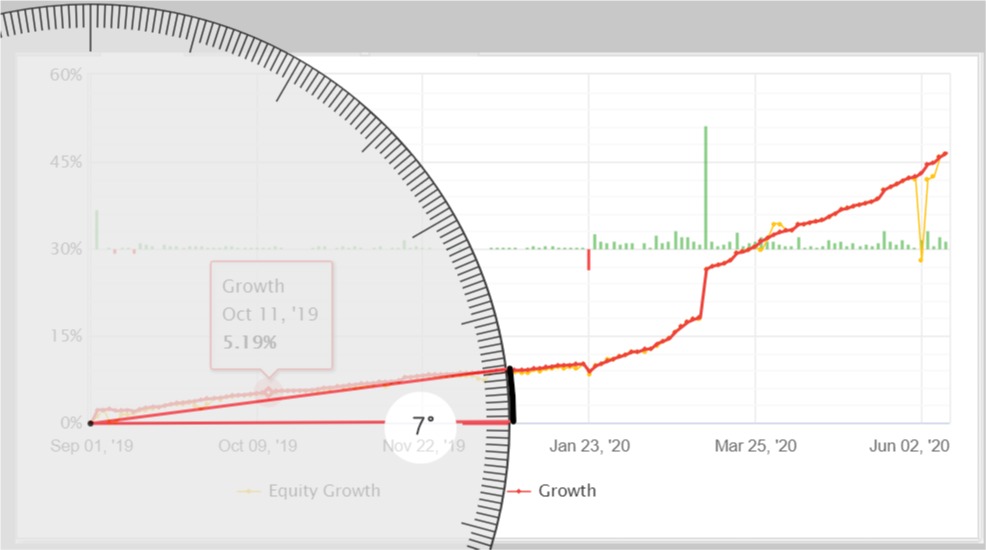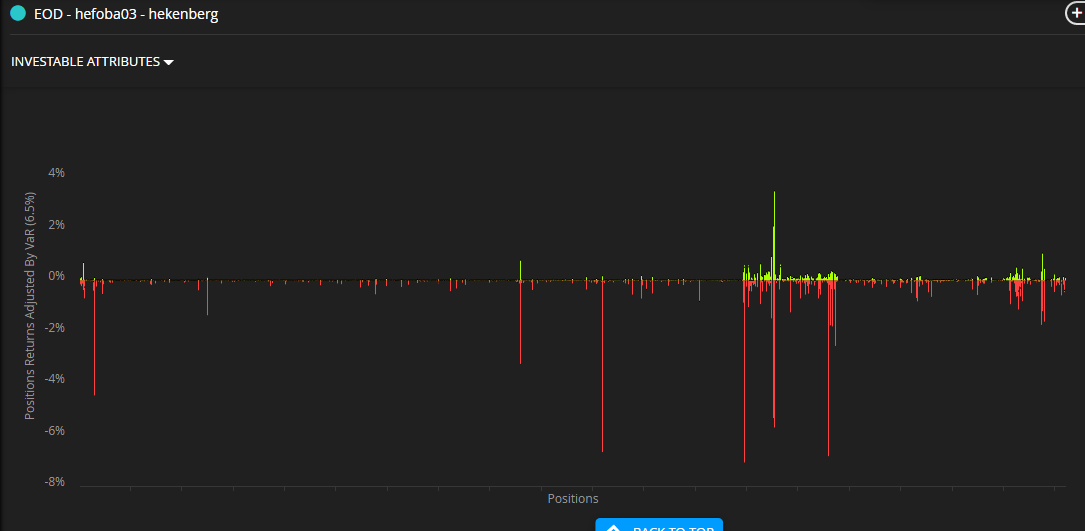Hi Hefoba,
we can continue the conversation here
Please, before I start with my question(s), I invite you to see me as a genuine person interested in other traders' strategies, not as a competitor who is trying to diminish other colleagues' work.
I do not hide that, at a first glance, I find your Darwin very risky. I have the same view I had with HFD or CIS and it is no secret that I always suggested not to invest in those 2 Darwins because of a very high hidden risk.
I hope this can be a chance for me to understand better your strategy and for you to clarify doubts that even other investors may have.
Analyzing your trades, you have only 3 trades that reached a max profit above 1%, while you have 8 trades going below -4% and 13 going below 1%. All of them were held and closed in profit or at a very low loss at the end. Your VaR also increases in the same periods you have this sudden huge temporary losses, suggesting that lot size is increased during this averse trades.
This is exactly the same behavior that other Darwins mentioned above used to have.
The concern is that the reward to risk ratio is very small and the account can go on for long time getting small rewards, building a nice graph with +20% in a year, +50% in a few years, until the bad day in which that -10% cannot be recovered will happen.
I believe this is exactly what happened to HFD and CIS. May I ask you why do you think that this doesn't apply to your strategy? What is your plan in case that -10% that you had a few times and it was always recovered, for one bad day cannot be recovered and it continues to go down instead? What do you think about making +17% in a year but risking or having a loss of 10% in a few hours?
I'm sure you have back-tested your strategy, but I don't think that the managers behind HFD and CIS are beginners and they didn't backtest their systems, but it still happened to them.
Thanks










